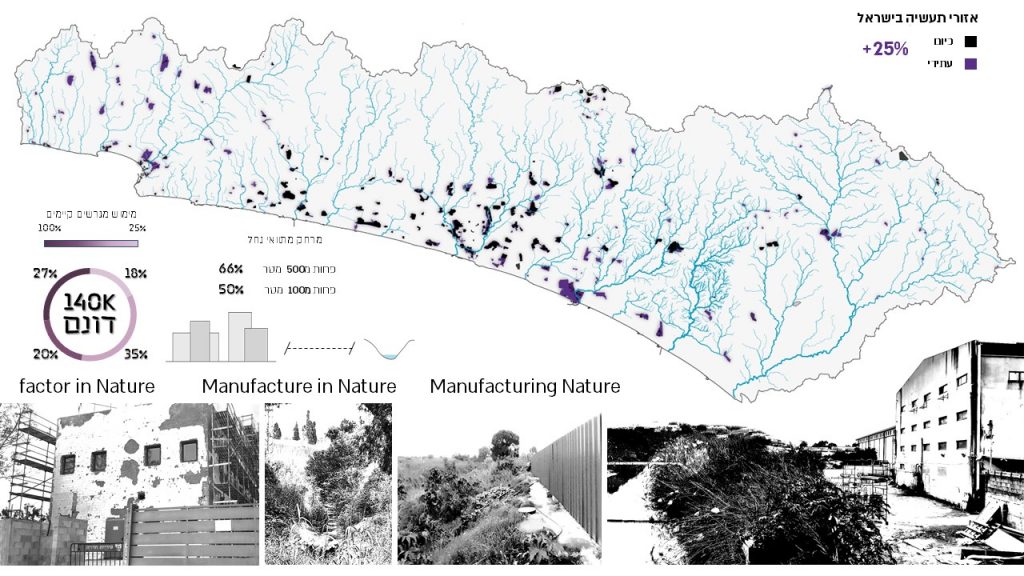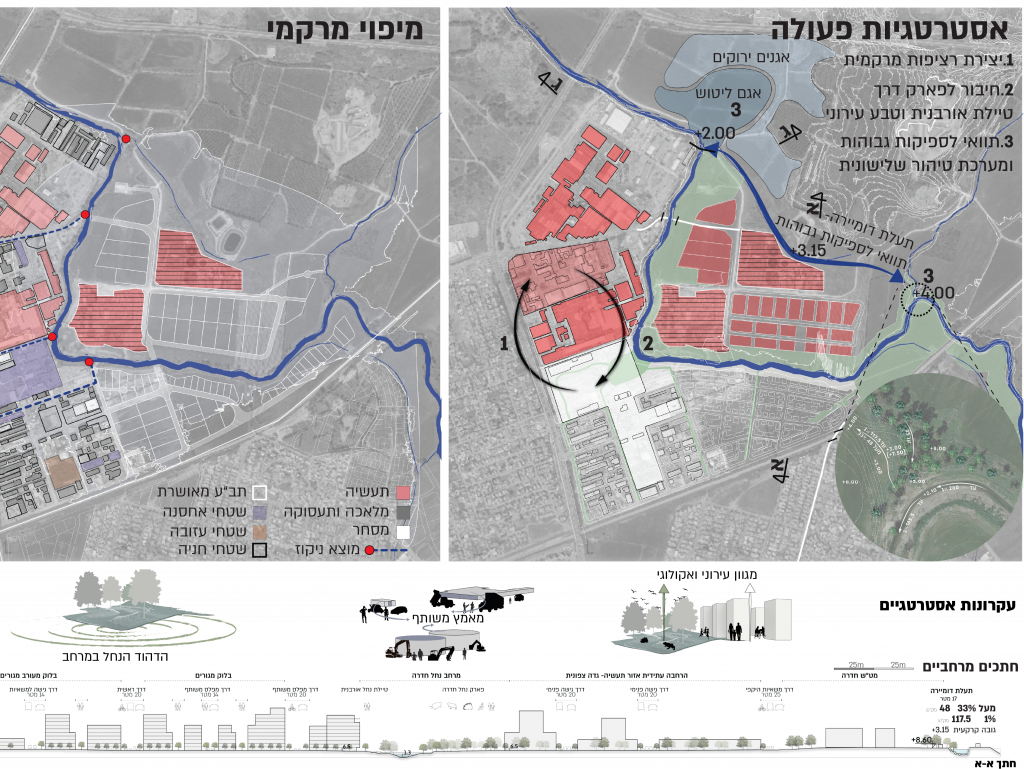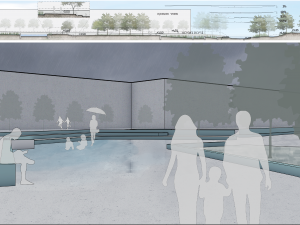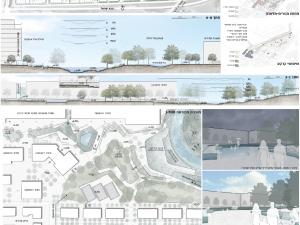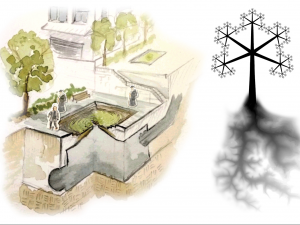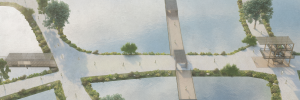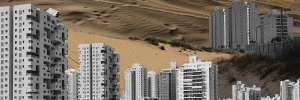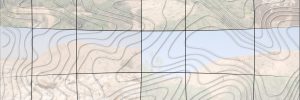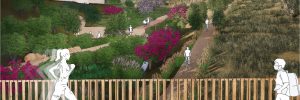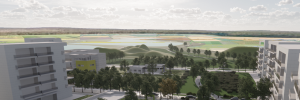(manu)Factor-In(g) Nature
Since the first national masterplan known as “Sharon plan”, industrial zones in Israel have historically been planned to occupy stream banks. Three of every four industrial zones are on the edge of a city, and two of these three are stream adjacent. In light of future population growth and the urgent need for urban development, valuable habitats surrounding Israeli cities are at risk, especially with the projected 25% increase of industrial land.
This project proposes a new approach towards urban-adjacent industrialism, and calls for adoption of the theory of industrial urbanism. It highlights a unique opportunity in Israel’s urban realm for a renewal of industrial landscape urbanism along the brinks of aquatic natural systems.
Hadera illustrates the pattern of the average Israeli industrial zone: a disconnected mix, lacking coherent planning and use, and generating separated compounds with no inner links; a mosaic that is simply smaller than the sum of its parts, large factories interspersed with infrastructure facilities and small scale workshops which do not benefit one another.
Overflow from the sewage treatment facility located on the north bank, alongside urban runoff, downgrades the water quality in the Hadera stream and harms its aquatic habitats. Future development plans would expand the industrial zone into the river floodplain, threatening to block the steam within a built corridor.
The project’s proposed strategy operates on 3 scales: 1. Uniting the different interests and facilities in the space would help turn the industrial backend into an urban riverfront. Rearranging land within the existing industrial fabric can create continuity and free up land for future urban renewal. Mixing residential as well as commercial and public uses with the existing industry would compensate for the lack of urbanity in the current pattern. 2. Connectivity to the larger park bordering the city in the north would present an opportunity for the city to have a new gate to its nature, right in the heart of a renewing urban fabric. This would not only link the city to the stream’s nature but also present the possibility of echoing the stream into the city. 3. The re-creation of aquatic habitats based on wetlands and pools needed for the expansion of the sewer treatment facility would upgrade the water quality in the stream and restore important parts of the ecological system stretching beyond the city of Hadera. Splitting the runoff volume at the stream’s bend would make it possible to lower the height needed for the bank and restore hydraulic connection between base flow and the top bank without jeopardizing the urban grounds even in cases of massive once-in-a-century flow. In addition, a bioswale and biofilter pool system would provide treated and quality water to the stream and produce a truly innovative urban landscape highlight within the Israeli riverfront landscape.
The study of industrial zones planning and strategy making is not new, but it lacks emphasis on the natural systems surrounding it.
This approach allows for three different emphases.
First is the FACTOR-IN of Nature – to account for it and read it as an important part of the system;
Second is the MANUFACTORING in Nature – to unite all industries with nature and make them agencies of change;
And third is the MANUFACTURE OF NATURE – to create the urban landscape spaces and habitats we need for our work environment, residential environment and overall living in light of the growing population and COVID 19 insights.



